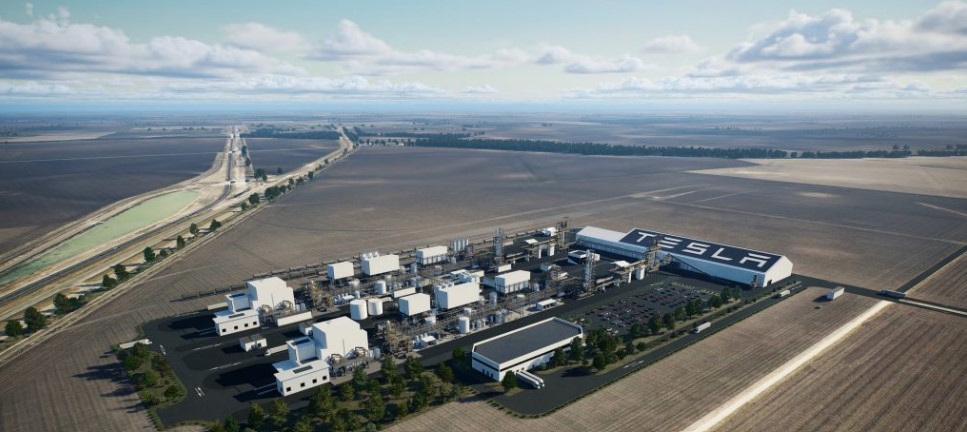SpaceX recently conducted a significant milestone in its Starship program by firing up all 33 Raptor engines on Booster 11. This test might take place as early as next month and is a prelude to the fourth test flight. The static firing of the Starship program is another major development for SpaceX. With its 33 …
SpaceX Completes Static Fire Test for Booster 11

SpaceX recently conducted a significant milestone in its Starship program by firing up all 33 Raptor engines on Booster 11. This test might take place as early as next month and is a prelude to the fourth test flight. The static firing of the Starship program is another major development for SpaceX. With its 33 engines, the Super Heavy launcher is essential to the company’s space exploration effort.
SpaceX: Preparation and Testing Process
SpaceX had already successfully tested on Ship 29 through two static fires before this one. Ship 29 was then brought back to the production location to complete any last-minute preparations for launch. Not long later, the Super Heavy booster testing started.
Highway 4 moved Booster 11 from the manufacturing facility to the launch site. After arriving at the location, chopsticks were used to hoist the rocket onto the launch mount, and a day later, SpaceX started making the last preparations for the test.
The Static Fire Test
Safety features like the FireX and water suppression systems were turned on during the countdown to diffuse gasses and safeguard the pad. All 33 Raptor engines roared to life when they were ignited, functioning for around 7 or 8 seconds before shutting down. Soon after the test, SpaceX published drone footage showing the engines’ enormous power and revealing shockwaves in the exhaust plume.
Post-Test Review and Future Plans
After the static fire, SpaceX will evaluate all available data to decide what to do next. This might involve preparing for the upcoming fourth flight test scheduled for next month or doing another static fire.
At the production site, Ship 29 is conducting final checkouts, including replacing the heatshield tiles on the nose of the spacecraft. Ship 29 will be brought back to the launch site after it is finished to integrate it with Booster 11.
SpaceX hopes that the Starship’s reusability will make exploring and colonizing Mars and the moon easier on a budget. NASA has already chosen Starship as its principal crewed lander for its Artemis program. Crewed trips to the moon’s south pole will begin as early as September 2026.
Subscribe to Our Newsletter
Keep in touch with our news & offers










